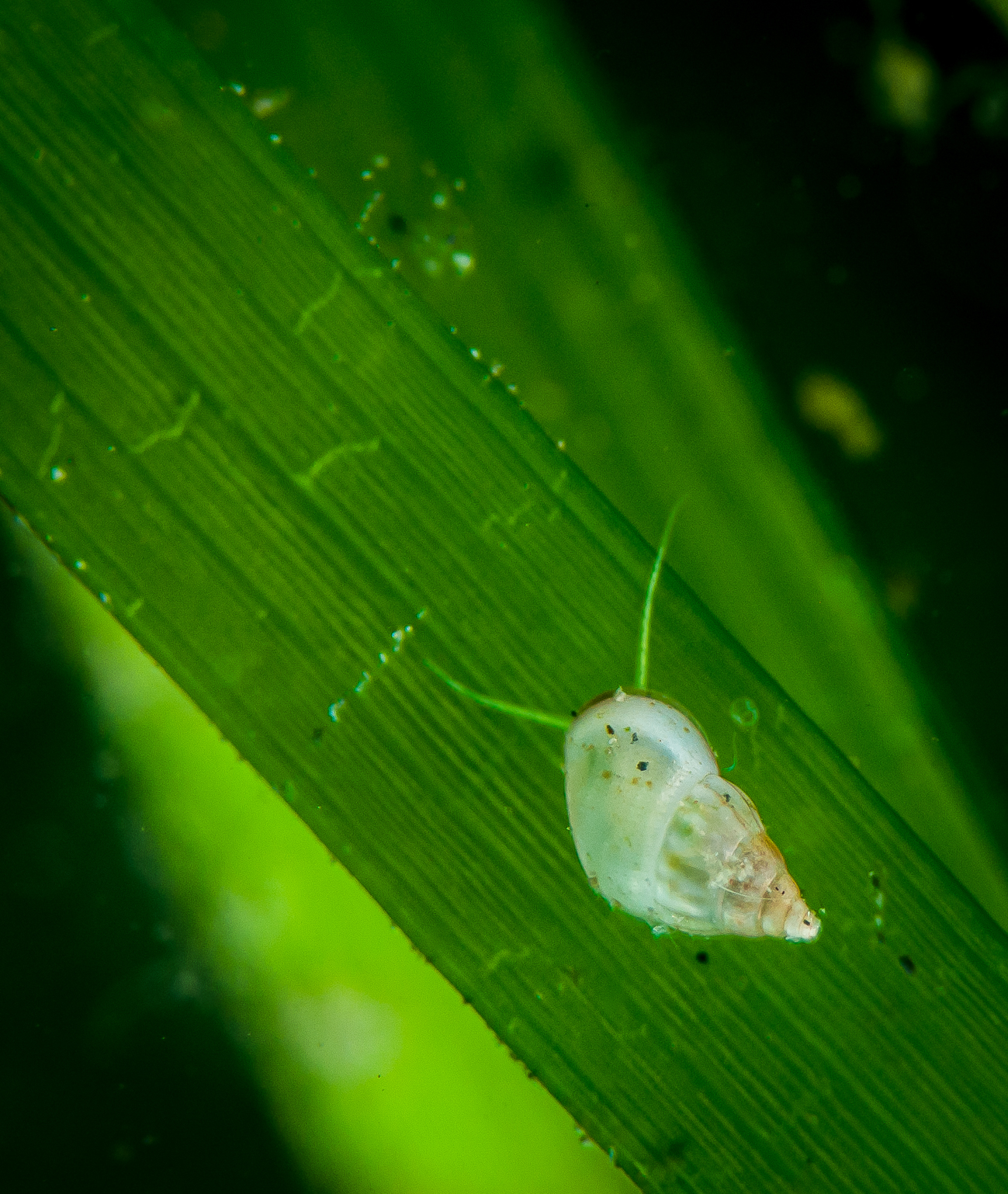Abstract
The interaction between bottom-up and top-down processes in coastal ecosystems has been scarcely studied so far. Temporal changes in trophic interactions of Zostera marina along the Swedish west coast are relatively well studied, with the exception of epifaunal communities. Epifauna was used as a model study to explore resource (bottom-up) or predator (top-down) regulated in a vegetated ecosystem.
We conducted a 21-year comparative study (1997 and 2018) using epifauna of 19 Zostera marina meadows along the Swedish Skagerrak coast. Large changes were observed in the composition of small (0.2–1 mm) and large (>1 mm) epifauna. In the small-sized epifauna, the nematode Southernia zosterae and harpacticoids showed an increase of 90% and a decrease of 50% of their abundances, respectively. In the large-sized epifauna, the polychaete Platynereis dumerilii and chironomid larvae were absent in 1997 but thrived in 2018 (>2000 ind. m−2). Mesoherbivores (Idoteids and gammarids) were locally very abundant in 1997 but disappeared in 2018.
An 83% decline of mytilids settling in Zostera marina leaves was observed. Our results showed that epifauna is predominantly top-down regulated. An integrative framework of the study area is outlined to shed light on the causes and consequences of the environmental shifts reported in Zostera meadows from the northern Skagerrak area throughout the last three decades.







